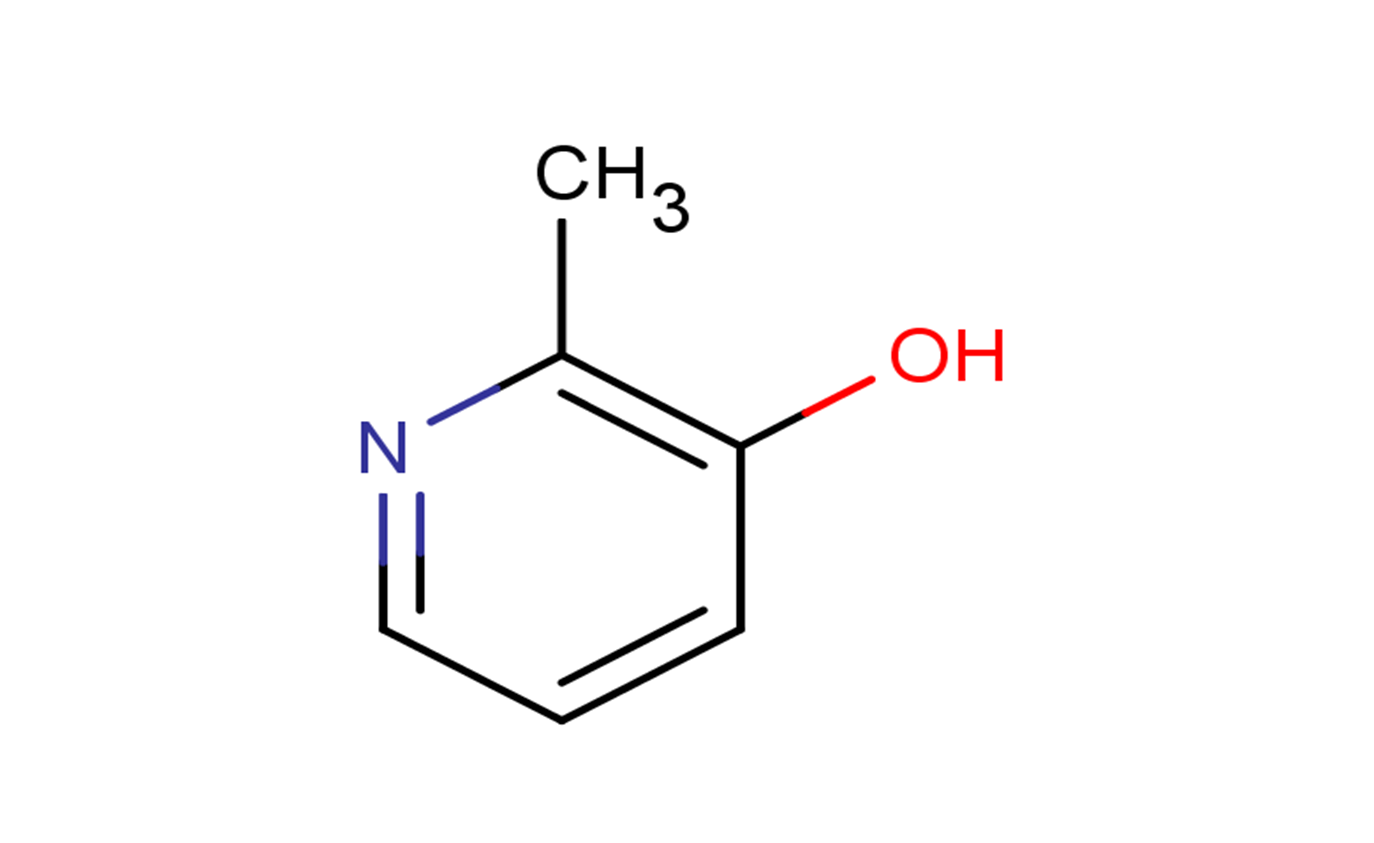
3-Hydroxy-2-methylpyridine
CAS No. 1121-25-1
3-Hydroxy-2-methylpyridine( —— )
Catalog No. M23315 CAS No. 1121-25-1
3-Hydroxy-2-methylpyridine could as a promising molecular scaffold for the future development of novel fibrillization inhibitors.
Purity : >98% (HPLC)
 COA
COA
 Datasheet
Datasheet
 HNMR
HNMR
 HPLC
HPLC
 MSDS
MSDS
 Handing Instructions
Handing Instructions
| Size | Price / USD | Stock | Quantity |
| 500MG | 37 | In Stock |


|
| 1G | Get Quote | In Stock |


|
Biological Information
-
Product Name3-Hydroxy-2-methylpyridine
-
NoteResearch use only, not for human use.
-
Brief Description3-Hydroxy-2-methylpyridine could as a promising molecular scaffold for the future development of novel fibrillization inhibitors.
-
Description3-Hydroxy-2-methylpyridine could as a promising molecular scaffold for the future development of novel fibrillization inhibitors.
-
In Vitro——
-
In Vivo——
-
Synonyms——
-
PathwayOthers
-
TargetOther Targets
-
RecptorOthers
-
Research Area——
-
Indication——
Chemical Information
-
CAS Number1121-25-1
-
Formula Weight109.13
-
Molecular FormulaC6H7NO
-
Purity>98% (HPLC)
-
SolubilityDMSO:10 mM
-
SMILESCC1=C(C=CC=N1)O
-
Chemical Name——
Shipping & Storage Information
-
Storage(-20℃)
-
ShippingWith Ice Pack
-
Stability≥ 2 years
Reference
molnova catalog



related products
-
(S)-Ebalzotan
(S)-Ebalzotan is the S configuration of Ebalzotan.Ebalzotan is a 5-HT1A receptor agonist that is used in the study of depression.
-
herbacetin-3,8-diglu...
herbacetin-3,8-diglucopyranoside is a natural product.
-
Biotinyl-MCH (salmon...
Biotinyl-MCH (salmon)



 Cart
Cart
 sales@molnova.com
sales@molnova.com


